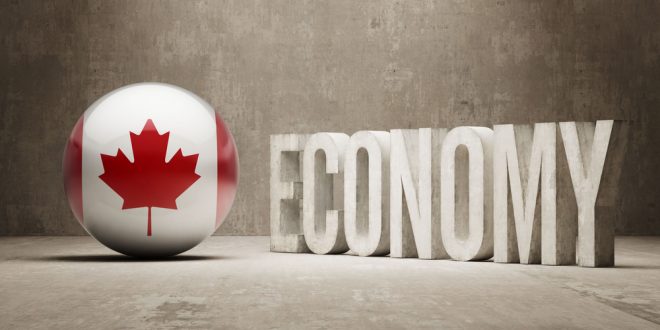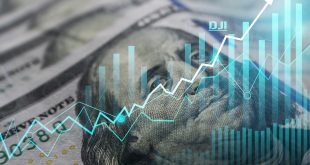Canada will release the Q4 Gross Domestic Product data on Tuesday, February 28 at 13:30 GMT as the release time is looming, forecasts from economists and researchers of six major banks regarding the upcoming growth data. Canadian growth is expected at 1.5% seasonally adjusted at an annualized rate (SAAR) in Q4.
RBC Economics
“GDP report will likely show output up a modest 1.5% (annualized) in the final quarter of 2022. And early data is pointing to a likely sizable bounce-back in January GDP. A surge in employment in January pushed hours worked up 0.8% from December and advance estimates for manufacturing and wholesale trade jumped by 3.9% and 3.0%, respectively. Nevertheless, the lagged impact of record interest rate hikes will continue to elevate household debt payments over the first half of 2023. As a result, though early economic data in 2023 has been better than feared, the most likely base case remains at least a mild recession starting in the first half of the year.”
TDS
“We look for Q4 GDP to print slightly above BoC projections at 1.7% with another large drag from housing as business investment/government spending remain the key drivers for domestic demand. We also forecast a slight increase (+0.1%) for Dec despite the drag from extreme weather and look for new flash estimates to show another strong performance next month.”
CIBC
“Growth in the Canadian economy continued to cool during the final quarter of 2022 (1.3%), likely clocking in at a pace below the economy’s long-run potential and therefore helping ease inflationary pressures. Continued weakness in commodity prices likely brought a further drop in the overall price deflator and a second successive quarterly decline in GDP in nominal terms. The monthly GDP print for December is expected to show little change in economic activity for that month, although the advance estimate for January should point to at least modest growth for the first month of 2023 if the surge in employment is a reliable guide.”
Citibank
“Canada’s real GDP by expenditure should end 2022 by rising 2.1% (QoQ SAAR) in Q4, with possible upside risks. This
would be a stronger forecast than Statistics Canada’s preliminary estimate of 1.6% (annualized) and the Bank of Canada’s latest forecast of 1.3% in the January MPR. Stronger GDP growth in Q4 than in the BoC’s latest forecasts, particularly with a pick-up in domestic demand, would be a signal that activity at the end of 2022 and into 2023 is stronger than the BoC previously anticipated. This could lead to a more explicit signal that further rate hikes remain on the table.”
Wells Fargo
“We expect Canada’s GDP release to show that the economy remained resilient in the last quarter of 2022, with quarterly GDP (annualized) growth of 1.6% in Q4-2022. Heading into 2023, however, we expect that growth trends may begin to downshift. We forecast a mild recession in Canada in the first half of 2023.”
NBF
“Monthly reports published to date suggest consumption may have had a positive impact on growth, driven by a healthy increase in the services sector. Non-residential investment, on the other hand, could have weighed on the headline growth figure, as a small increase in the structures category was likely more than offset by a drop in machinery/equipment. Residential investment, meanwhile, should have subtracted to growth for a third quarter in a row. Trade and inventories are likely to have cancelled each other out, the former contributing strongly to growth and the latter acting as a drag. All told, GDP may have progressed 1.1% in annualized terms.”
 Noor Trends News, Technical Analysis, Educational Tools and Recommendations
Noor Trends News, Technical Analysis, Educational Tools and Recommendations





